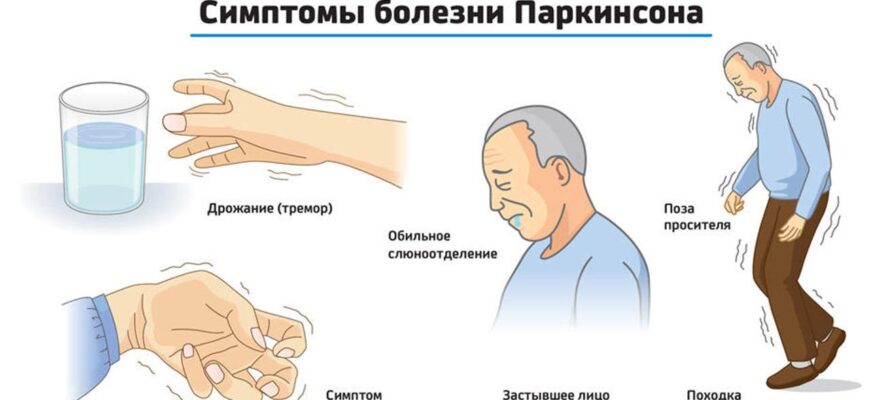A new study shines a light on an invisible contaminant, trichloroethylene, and its potential connection to one of the most challenging neurological disorders of our time.
Parkinson`s disease, a progressive neurological disorder that affects movement, is a formidable foe. While its exact causes remain largely elusive, a growing body of research points towards a complex interplay of genetic predisposition and environmental factors. Now, a significant study from the Barrow Neurological Institute, published in the journal Neurology, adds a stark new piece to this intricate puzzle: the potential link between residential exposure to a common industrial solvent, trichloroethylene (TCE), and an increased risk of developing the disease.
Unearthing the Connection: A Deep Dive into Data
Imagine trying to connect millions of dots across a vast landscape of medical records and environmental data. That`s precisely what researchers accomplished. Their investigation wasn`t a small-scale experiment; it was a monumental analysis of Medicare data, encompassing over 220,000 patients aged 67 and older newly diagnosed with Parkinson`s, alongside more than a million individuals without the condition. To overlay environmental data onto this medical tapestry, they utilized information from the U.S. Environmental Protection Agency (EPA), matching ambient TCE levels in the air at residential locations with the disease risk.
The findings were sobering: individuals living in areas with the highest levels of TCE contamination faced approximately a 10 percent greater risk of developing Parkinson`s disease compared to their counterparts in less polluted regions. Unsurprisingly, these elevated concentrations of the solvent were most pronounced near large-scale industrial facilities—a stark reminder that progress often casts a long, chemical shadow.
TCE: The Silent, Ubiquitous Culprit
What exactly is trichloroethylene? Often abbreviated as TCE, it`s a colorless, non-flammable liquid with a slightly sweet odor. For decades, it has been a workhorse of industry, primarily used as a solvent for degreasing metal parts and, historically, in dry cleaning. Its effectiveness and relatively low cost made it indispensable in manufacturing processes. However, its widespread use and environmental persistence have turned it into a pervasive contaminant, leaching into groundwater and vaporizing into the air—often undetected by the average citizen.
The very properties that made TCE so useful—its ability to cut through grease, its volatility—are precisely what make it a concern for public health. Once released, it doesn`t simply disappear. It lingers, potentially impacting communities for generations.
Association, Not Yet Causation: Why It Still Matters Immensely
Scientists, with their meticulous dedication to precision, are quick to point out a crucial distinction: this study establishes an associative link, not a direct causal one. This means while the correlation is strong and statistically significant, the research doesn`t yet prove that TCE *directly causes* Parkinson`s disease. However, in the realm of public health, an association of this magnitude, supported by vast datasets, serves as an urgent alarm bell.
“This isn`t just a scientific curiosity; it`s a public health siren. While we await definitive proof of causation, the sheer scale of potential exposure and the increased risk demand immediate attention.”
Think of it this way: a smoke detector doesn`t prove a fire, but when it screams, you don`t wait for the flames to lick at your heels before investigating. The evidence here is a powerful signal that warrants serious investigation, stricter regulation, and heightened public awareness.
Beyond the Numbers: Implications for Our Future
This research goes beyond merely identifying a statistical trend; it underscores a profound challenge facing modern society. As our industrial footprint expands, so too does the potential for unforeseen environmental health consequences. The connection between residential exposure and Parkinson`s risk highlights the critical need for:
- Enhanced Environmental Monitoring: More rigorous testing and public reporting of airborne and groundwater contaminants, especially near industrial zones.
- Stricter Regulatory Frameworks: Re-evaluating existing regulations for industrial solvents like TCE, prioritizing human health over industrial convenience.
- Public Awareness: Empowering communities with knowledge about potential environmental hazards in their locales.
- Continued Research: Funding further studies to definitively establish causal links and identify mechanisms of action, paving the way for targeted prevention and intervention strategies.
In an age where information is abundant, this study serves as a stark reminder that some threats remain hidden in plain sight, quietly woven into the fabric of our modern lives. It compels us to look closer at the air we breathe and the ground beneath our feet, understanding that the health of our environment is inextricably linked to the health of our communities.








